Description
Lariago Tablet (Chloroquine) – Antimalarial Medication for Prevention & Treatment
Lariago Tablet is a potent antimalarial medication containing chloroquine phosphate, used for both prevention and treatment of malaria. This effective antiparasitic works by accumulating in the parasite’s food vacuole and interfering with its ability to break down and digest hemoglobin. For optimal results, take Lariago Tablet with food to minimize stomach upset and complete the full prescribed course even if symptoms improve. Malaria prevention also requires protective measures against mosquito bites – use repellents, wear covered clothing, and sleep under mosquito nets. Regular eye checkups are recommended during prolonged use as chloroquine may affect vision.
Uses of Lariago Tablet:
Benefits of Lariago Tablet:
In Malaria Treatment: Effectively kills malaria-causing Plasmodium parasites in the blood, providing rapid relief from fever, chills, and other malaria symptoms. When used as prescribed, it can completely eliminate the infection and prevent complications like cerebral malaria.
Side Effects of Lariago Tablet:
Common temporary effects include:
- Nausea or vomiting
- Headache or dizziness
- Stomach pain or diarrhea
- Loss of appetite
- Skin rashes
Serious effects requiring medical attention: Vision changes, muscle weakness, hearing loss, or signs of blood disorders.
How to Use Lariago Tablet?
Swallow the tablet whole with water during or after meals. The dosage varies based on treatment (acute malaria) or prevention needs. For prophylaxis, typically taken once weekly starting 1-2 weeks before entering and continuing 4 weeks after leaving malaria-endemic areas.
How Lariago Tablet Works?
Chloroquine accumulates in parasite-infected red blood cells, preventing the conversion of toxic heme into non-toxic hemozoin. The buildup of toxic heme kills the malaria parasites while also inhibiting parasite DNA and RNA synthesis.
Safety Advice:
- Alcohol: Avoid – may increase risk of liver toxicity
- Pregnancy: Use only if clearly needed after risk-benefit assessment
- Breastfeeding: Generally considered safe
- Driving: Avoid if experiencing vision changes or dizziness
- Kidney/Liver Disease: Requires dose adjustment and monitoring
- Psoriasis: May exacerbate condition
What If You Miss a Dose?
Take as soon as remembered unless close to next dose time. Never double dose. For weekly prophylaxis, if you miss a dose, take it immediately and resume weekly schedule from that day.
Drug Interactions:
Dangerous combinations:
- Domperidone: Risk of life-threatening heart rhythm disorders
- Antacids: Separate by 4 hours to avoid reduced absorption
- Antidiabetics: May enhance blood sugar lowering effect
- Cyclosporine: Increases risk of toxicity
FAQs:
Q1: How soon after mosquito bite should I take Lariago?
For prevention, start 1-2 weeks before potential exposure. For treatment, begin immediately at symptom onset in malaria-endemic areas.
Q2: Can Lariago Tablet cure COVID-19?
No conclusive evidence exists. Never use Lariago for COVID-19 without medical supervision due to serious heart risks.
Q3: Why are eye exams needed with long-term use?
Chloroquine can accumulate in the retina, potentially causing irreversible vision damage with prolonged high-dose use.
Q4: What’s the difference from hydroxychloroquine?
Hydroxychloroquine is a less toxic derivative also used for autoimmune diseases, while chloroquine is primarily for malaria.
Q5: How effective is Lariago for all malaria types?
While effective against P. vivax, P. ovale, P. malariae and some P. falciparum, resistance has developed in many regions.
Q6: What malaria prevention measures complement Lariago?
Use DEET repellents, permethrin-treated bed nets, and wear protective clothing from dusk to dawn when mosquitoes are active.

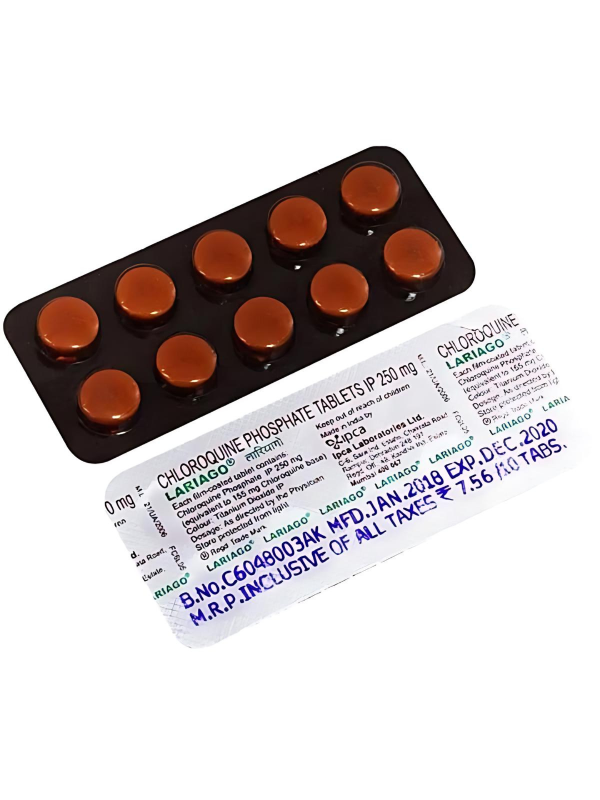
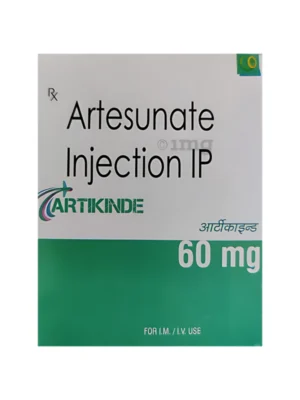
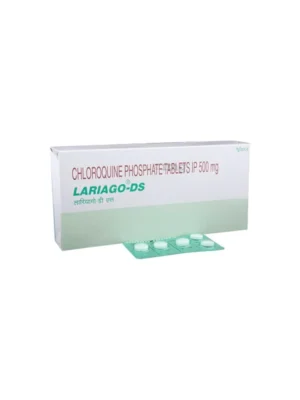
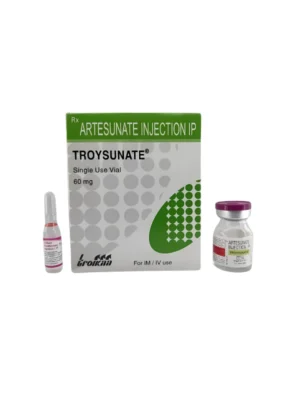
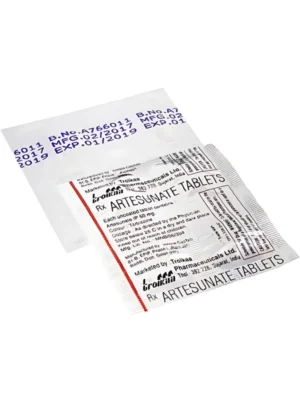
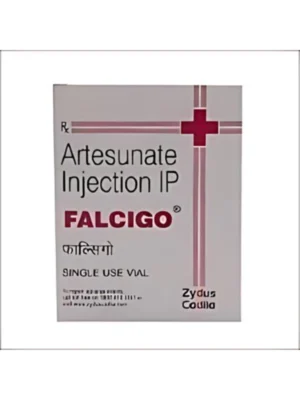
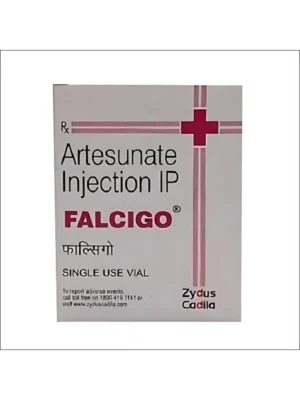
There are no reviews yet.